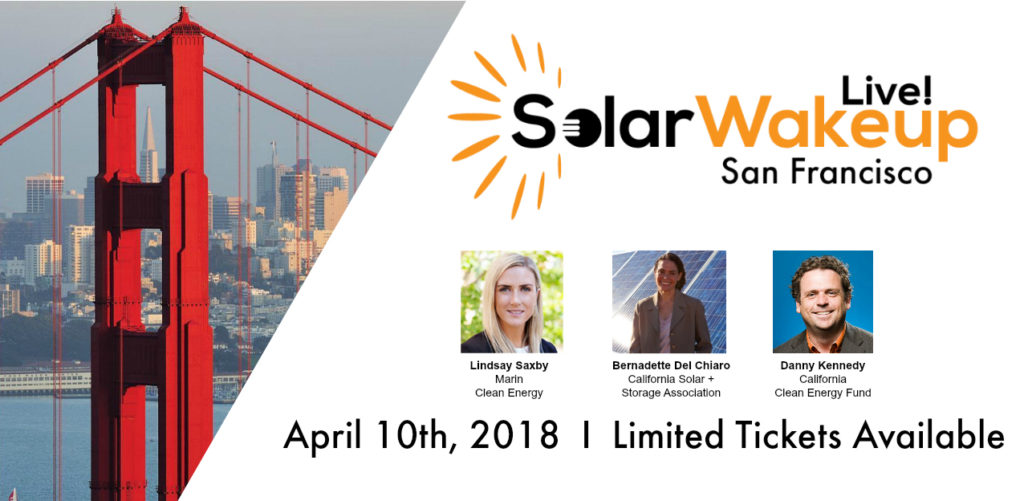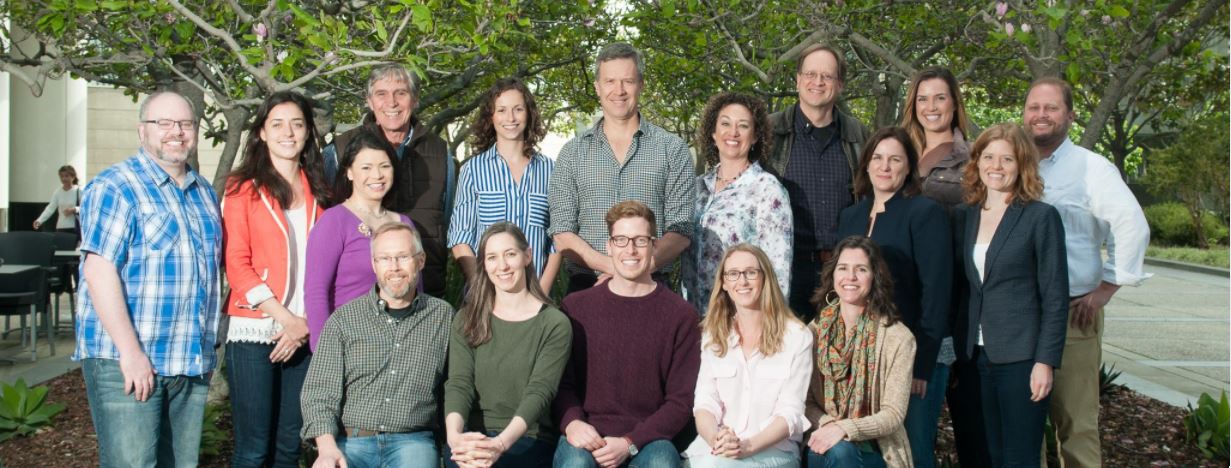By Frank Andorka, Senior Correspondent
What Happened: Arizona Public Service, the state’s largest utility, is again trying to stifle solar development in the state that has the most insolation in the country, because reasons.
- The utility behemoth, which wields enormous power in the state’s politics, is trying to kill a ballot initiative backed by progressive billionaire Tom Steyer that would raise the state’s RPS to 50% by 2030.
- To counter the measure, APS is pushing hard for a bill in the legislature that would make the penalty for not making the RPS goals almost laughably negligible – $1,000-$5000, a penalty APS could pay with the change they find in their couch cushions.
- Arizona is the third known Steyer-backed RPS initiative that is being considered for November’s elections. The other two initiatives are in Michigan and Nevada.
SolarWakeup’s View: I was once at a meeting in Arizona where there was a panel discussing the relationship between utilities and the solar industry, which I missed because of a bad burrito the night before. And what I heard about it afterward made me so sorry I’d missed it.
Apparently, a representative from Arizona Public Service (APS) – the state’s largest utility – nearly got into a fistfight with another panelist who dared criticize their solar policies. There was most certainly shouting and (allegedly) some shoving, which gives you a sense of the lengths APS will go to protect its electricity-production monopoly from an ever-increasingly powerful solar industry.
I use that story as a backdrop to the current attempt by the utility to beat the state’s solar industry into submission. This time, they are trying to stop a ballot initiative that would amend the state’s constitution to increase the state’s renewable portfolio standard (RPS) to 50% by 2030.
The initiative is the third known attempt by progressive billionaire Tom Steyer to get such an issue on the ballot (right now, attempts are being made in Michigan and Nevada). What’s interesting is that APS’ attempts to use a sledgehammer to kill a flea are happening before the ballot initiative even has enough signatures to get on the ballot – which may indicate how frightened they are that it just might pass.
The counter to the initiative that APS has concocted is a breathtaking display of the terrifying power they have in the state’s political structure and the shamelessness they have about wielding it so publicly. They have, through the legislature, introduced a bill that would limit the fines the state could levy on it for not making the modest RPS increase in time would be somewhere between $1,000 and $5,000.
Hell, those are fines that, in a pinch, I could pay (not that I’m offering). The idea that they would be an incentive for APS to increase its renewable energy production to meet the RPS requirements is laugh-out-loud ridiculous.
This is another attempt by APS to destroy the solar industry in Arizona before it can even get started. It cannot stand.
More:
Why APS Is Squashing The Clean Energy Vote (NBC 12 News)*
*Hearing Ryan Randazzo of The Arizona Republic compare APS to a lazy teenager is worth clicking on the link alone.


